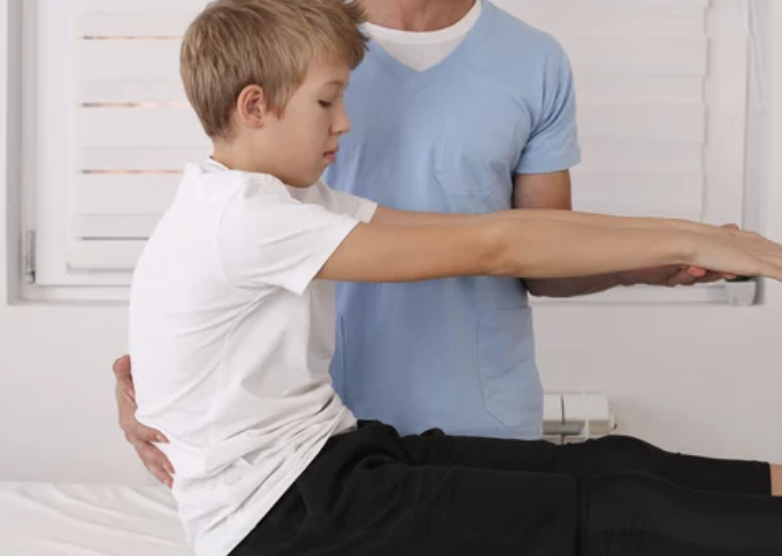Numerous factors can contribute to scoliosis, which is characterized by an unnatural lateral curve of the spine. While the exact cause of scoliosis remains unclear in many cases, several factors contribute to its development.
Idiopathic scoliosis, which accounts for around 80% of cases, is one of the main types. Idiopathic denotes a condition for which the cause is unknown but genetics are a major factor. There may be a genetic tendency for scoliosis because people are more likely to develop it if their family has a history of it. Typically, this kind of scoliosis appears throughout adolescence, frequently during times of rapid growth.
Non-idiopathic scoliosis is a different classification that results from observable causes. When the spine does not develop properly during prenatal development, congenital scoliosis results, giving the spine an unnatural curvature after birth. Scoliosis can develop as a side consequence of neuromuscular diseases like cerebral palsy or muscular dystrophy that impair the muscles that support the spine. Scoliosis can develop as a result of trauma to the spine, degenerative changes brought on by aging, or it can develop later in life in adults.
Scoliosis can develop at any age, from early childhood through adulthood. Congenital scoliosis is present from birth, but adolescent idiopathic scoliosis most frequently occurs during adolescent growth spurts. Depending on the underlying illness or injury, neuromuscular and traumatic scoliosis can appear at any age, while adult-onset scoliosis commonly appears after the age of 18 as a result of aging-related degenerative changes in the spine. For prompt intervention and successful management of scoliosis, early recognition and the proper medical evaluation are crucial.

